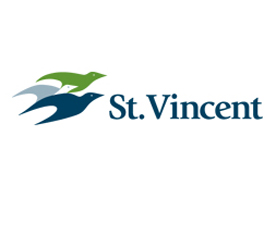
The major difference that applies to conventional packaging processes is that in aseptic carton packaging, sterilisation of the products is performed during the packaging process. Major applications and properties of aseptic carton packaging:Īseptic carton packaging is largely used for food, beverage and pharmaceutical products. In comparison with hot fill or retort processing, aseptic packaging uses gentle processing and a short time frame, which benefits the manufacturer as the product can be brought out in the market faster.Īseptic packaging contributes to manufacturers’ sustainable efforts as well as saving energy and costs. With a view to fulfilling their own shipping and storage requirements for retailers and food service customers, manufacturers can offer products that fulfil the consumer’s needs by providing an easily comprehensible list of ingredients.Īseptic packaging contributes to manufacturers’ sustainable efforts and saves energy and costs. This reduces food waste at the retailer and consumer levels. Benefits of aseptic carton packaging PropertiesĪllows manufacturers to extend the shelf life of their goods without refrigeration for an estimated period of 6 to 12 months.
Ascension st vincent pvax free#
Furthermore, the sterilisation process allows products to be free from preservatives, additives and refrigeration, meeting the rising demands of health-conscious consumers. Hence, this makes it a sustainable alternative to traditional packaging options. Additionally, it requires less energy to manufacture and is also environmentally friendly.Īseptic carton packaging is eco-friendly as the materials used to manufacture these packaging materials are derived from different types of renewable sources. This type of packaging is primarily comprised of renewable resources and uses approximately 60% less plastic than other available options. What is aseptic carton packaging?Īseptic carton packaging is a sustainable method opted for by the manufacturer of different types of end-user products. Meanwhile, close to 400 million metric tons of these plastics are being produced every year and 14 million tons of plastics end up in the oceans annually and are hampering its eco-system.Īs our water gateways and landfills are increasingly clogged with Styrofoam food containers, plastic bags and more, it is clear that the convenience of food packaging is outweighed by the waste and pollution that the packaging leaves behind. Since 1950, about eight billion metric tons of plastics have been produced. On the other hand, another major concern is the growing use of single-use food packaging, which is taking a huge toll on our environment. Zero in on how the industry operates in the EU and USA, exploring conclusions that remain relevant for other markets too, including Brazil, Canada, Russia and Turkey. What packaging and recycling innovations are required and what are the barriers to consumer engagement?.How can packaging manufacturers help and how will consumers react?.How can beverage manufacturers get ahead of regulations?.Which regulations are governments looking to introduce?.

Access GlobalData’s new whitepaper, ESG in Packaging, to examine the challenges faced by companies, and understand how adapting to regulation around packaging, as well as appealing to ESG-conscious consumers, presents opportunities. Now, amidst a raft of new regulations, those who get ahead of the curve may find new opportunities.īrands are increasingly using packaging as a means of addressing ESG concerns and communicating with consumers. The beverages sector has already been re-shaped by increasing corporate and consumer consciousness of environmental, social and governance (ESG) issues around packaging.


 0 kommentar(er)
0 kommentar(er)
